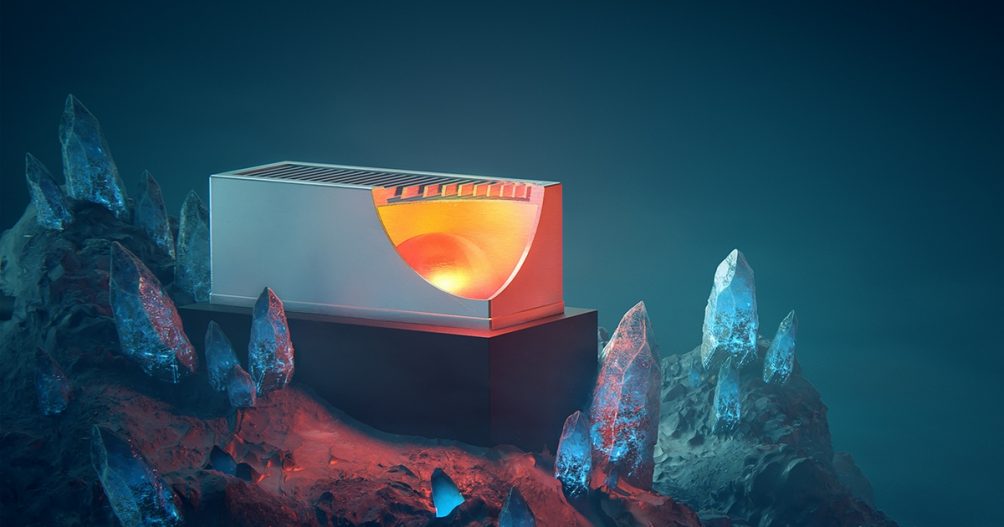According to an article from Innovation Origins, the Hungarian business HeatVentors is working on a space-saving storage system based on phase-changing materials. It claims that its technology gives a cleaner solution while also conserving up to 90% of space.
HeatTank, the solution developed by HeatVentures features a novel thermal battery that provides a new approach to store and manage energy.
According to co-founder and CEO Rita Andrássyné Farkas, HeatTank is essentially a new sort of thermal battery that uses phase-changing materials to store heat in a more concentrated form. “The use of phase-changing materials allows us to store heat in a more concentrated form,” he explained.
HeatTank can be used for both heating and cooling. Its innovative design allows it to be 90 percent smaller than existing water-based storage solutions. Furthermore, it has the potential to store much more energy while lowering CO2 emissions.
A controller device, in addition to the tank, keeps track of the amount of energy stored in the reservoir.
The unique software from HeatVentors can also be linked to smart home systems. The system stores either hot or cold energy during the charge phase, which occurs when there is an excess of thermal energy, depending on what it is used for. When storing heated energy, the phase-changing substance becomes solidified in the first case.
When extra energy is required, the user can tap into the container’s resources. The material acts in the opposite direction in the discharge phase, as the cold energy melts and the hot energy, solidifies.
HeatVentors tailors its technology to the various situations it must be integrated into, yet the philosophy behind the technology remains the same. Heating systems, for example, require different phase-changing materials than cooling systems.
HeatVentors has been modifying their solution to give users a means to minimize their energy use, in addition to applications for inside residences. Its use in data centers is an excellent example. In these places, hundreds of devices are connected at the same time, while cooling systems keep the temperatures low.
Aside from saving energy, the cooling systems, which are regularly turned on and off, do not have to work as hard, increasing their stability and efficiency. As a result, the lifespan of these appliances is increased, and they require less maintenance.

